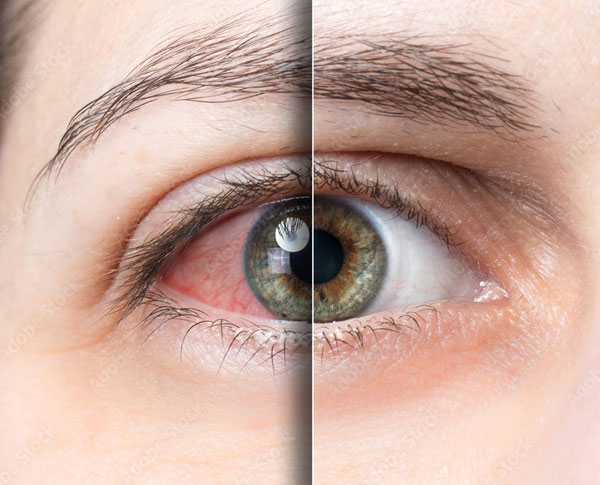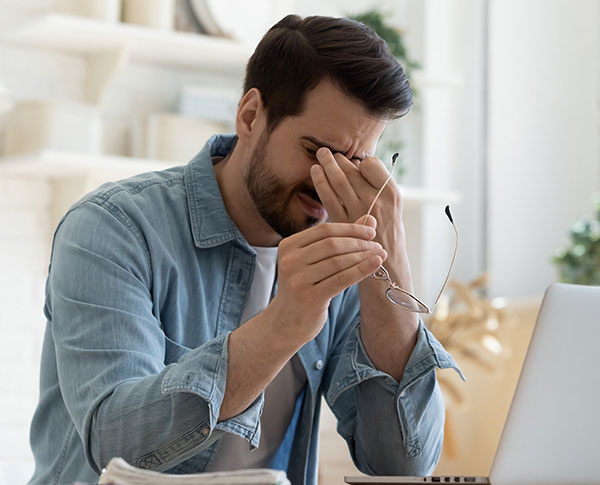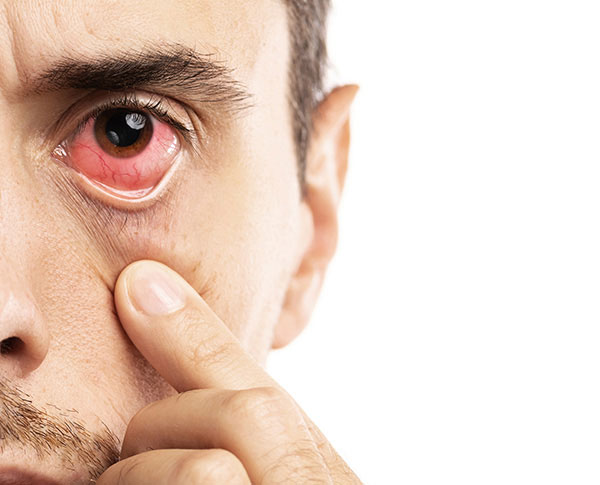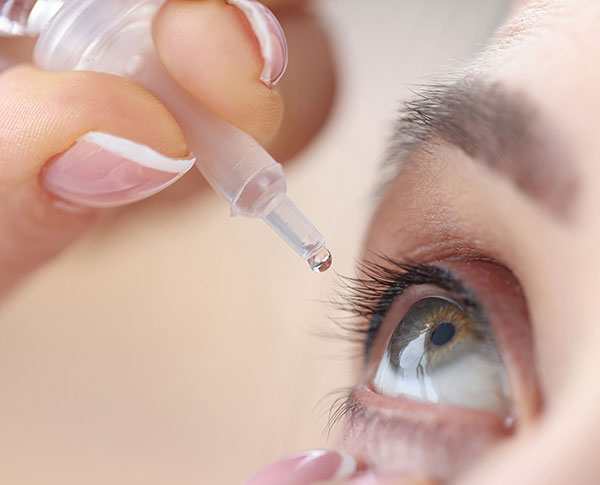Overview
When tears can't adequately lubricate the eye, dry eye develops.
The likelihood of developing dry eye conditions rises with age. Additionally, it occurs more
frequently in post-menopausal women. The eye could become dry, irritated, and red. The main
signs of dry eyes are discomfort and light sensitivity, and dryness can be lessened with
lubricating and prescribed eye drops.
Your eyes may sting or burn if you have dry eyes. In some circumstances, such as on an aeroplane,
in an air-conditioned room, while riding a bike, or after staring at a computer screen for a
while, dry eyes can cause utmost irritation.
You might feel at ease after receiving dry eye treatments. Changes in lifestyle and eye drops are
examples of these treatments. To manage the symptoms of dry eyes, you'll probably need to go for
a consultation with an ophthalmologist.
Eye drops for dry eyes are used to lubricate eyes and help maintain moisture on the outer surface
of your eyes. Such eye drops may be used to treat dry eyes that result from ageing, certain
medications, a medical condition, eye surgery, or environmental factors, such as smoky or windy
conditions.







